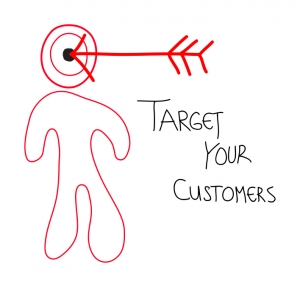Content Market to Reach the Ones, Not the Everyones
Paul was trying to be everywhere, serve everyone, and sell everything. Still, his business had zero revenue for three months in a row. Then, using coach Justin Welsh’s “Rule of One”, Paul was able to effect a 90-day transformation, gaining five clients and a waitlist of three more.
The secret was in the focus, Welsh explains.
- Paul’s content got better because he focused on one specific topic, posting content on one platform only.
- His expertise deepened because he chose one offer that solved a specific, expensive problem.
- He chose one customer type to target; he wasn’t trying to be everything to everyone.
Beginning back in 2008, I’ve returned again and again, in this Say it For You blog, to the theme of target marketing:
Blogs and Podiums – Choose Yours Wisely – Pick one primary area of focus – don’t try to do everything in one post.
Befitting Bloggery – Everything in your content should be tailor-made for one type of customer.
In With Blogging; a Small Business Can Have a Long Tail – high quality content can have a huge effect in a small market.
Smaller targets, Better Hits – Smaller, shorter, and centered around just one idea can turn mini-power into maxi-power.
“Trying to be everything to everyone is one of the gravest mistakes any business can make, the BigCommerce Team advises. Not only will targeting allow you to allocate your advertising dollars and marketing efforts better; “failure to understand the desires, core values, and preferences of your target audience can backfire tremendously”.
I like to call the process of creating content for professional practitioners and business owners “SME-DEV”, (Subject Matter Expert development). Yes, content needs to be focused “outward”, always keeping the needs of that carefully researched target audience in mind. At the same time, we must produce content that focuses on the people behind the business or practice, presenting them as Subject Matter Experts Who Both Know and Care.
Content marketing focuses on the ones, not the “everyones”.






Follow us online!